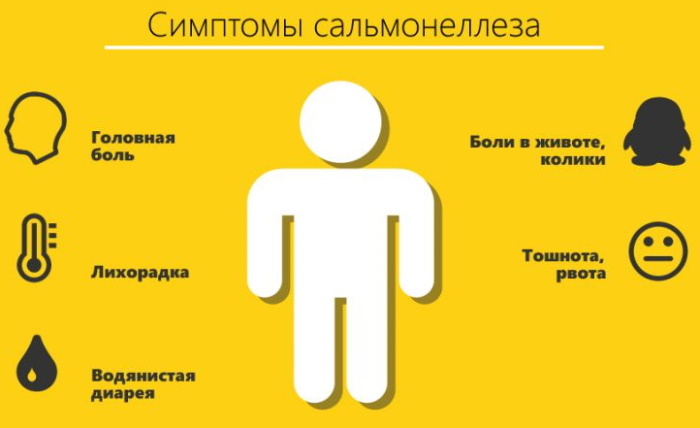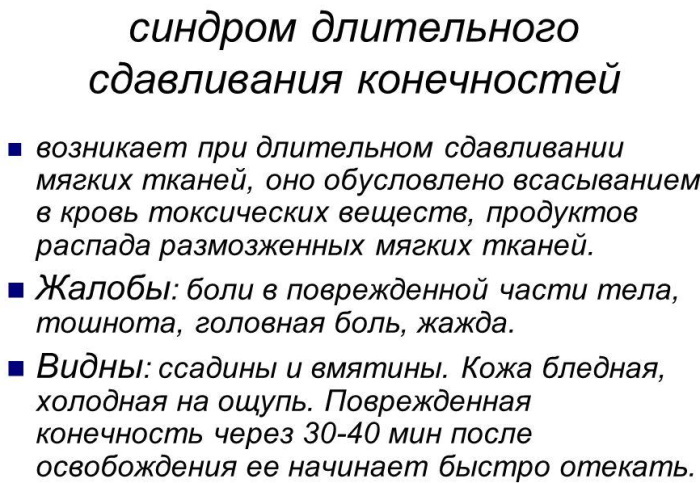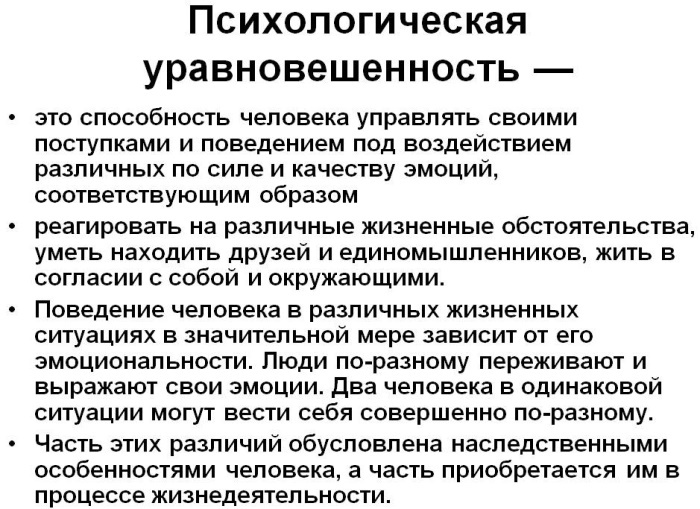Content
- Types of kidney diseases and groups of drugs used for treatment
- Specificity of treatment of kidneys in women with the addition of diseases of the urinary tract
- How to choose a dosage form
- Types, names and uses of drugs
- Kidney stone drugs
- Purinol
- Ugly
- Blemaren
- Medicines for kidney inflammation
- Nitroxoline
- Biseptol
- Amoxiclav
- Antispasmodics
- Spazmol
- Drotaverin
- Sparex
- Analgesic drugs
- Ibuprofen
- Tempalgin
- Paracetamol
- Diuretics for the treatment of kidney
- Furosemide
- Torasemid
- Trigrim
- Phytopreparations for kidneys
- Kanephron N
- Kidney tea
- Nefrosten Tea
- What drugs can relieve kidney pain
- Baralgin
- No-shpa
- Papaverine
- Buscopan
- Urolesan
- List of combined drugs with universal action
- Kidney Treatment Videos
For the treatment of acute and chronic kidney disease antibacterial, non-steroidal anti-inflammatory drugs, analgesics, medicines with antispasmodic action are used. The types of drugs are selected by a general practitioner or nephrologist, depending on the results of the diagnosis.
The duration of renal therapy is from 2 weeks to several months. The use of combined drug therapy accelerates the process of complete restoration of these organs of the excretory system.
Types of kidney diseases and groups of drugs used for treatment
Kidney treatment requires regular intake of drugs with antimicrobial, analgesic, vasodilator, anti-inflammatory properties. The table below lists the most common kidney diseases, and also indicates the main groups of drugs to normalize the functions of these organs.
| Kidney disease | Groups of drugs used in the treatment process |
| Pyelonephritis | For the complex treatment of acute and chronic pyelonephritis, the following groups of medicines are used:
The selection of antibacterial drugs is carried out on the basis of the results of a microbiological study of the patient's urine. |
| Urolithiasis disease | Complex therapy of urolithiasis requires the use of drugs of the following pharmacological groups:
For the correct selection of drugs for urolithiasis, it is necessary to establish the main cause that provoked this kidney pathology. |
| Diabetic nephropathy | The development of diabetic nephropathy is caused by systematic damage to the kidneys by microcrystals of sugar in the blood. For the treatment of this disease, drugs of the following groups are used:
Medicines of these pharmacological groups slow down the process of kidney destruction, and also provide prevention of complications of diabetes mellitus. |
| Tumor neoplasms of benign and oncological nature | Treatment of renal tumors of benign and oncological etiology requires the use of drugs of the following categories:
The use of antibiotics for kidney tumors is justified if, in addition to an extraneous neoplasm, a bacterial infection of the urinary system has joined. In most cases, the treatment of this disease involves taking not only medications, but also performing a surgical operation to remove the tumor. |
| Hydronephrosis | The occurrence of hydronephrosis is caused by a pathological increase in the volume of the pelvis of one or two kidneys at once. Treatment of this disease is carried out using the following groups of drugs:
Hydronephrosis therapy should be started in the early stages of this disease. Otherwise, the affected kidney may be lost. |
| Nephroptosis (kidney prolapse) | Treatment of nephroptosis involves a surgical operation to fix the displaced kidney, as well as a course of taking medications of the following categories:
Regular medication requires constant wearing of a special bandage that supports the muscles of the abdominal cavity and lumbar spine. |
 The above kidney diseases can be caused by a chronic infection of the genitourinary system, malnutrition, prolonged hypothermia, and alcohol abuse. Timely drug therapy prevents the development of renal failure.
The above kidney diseases can be caused by a chronic infection of the genitourinary system, malnutrition, prolonged hypothermia, and alcohol abuse. Timely drug therapy prevents the development of renal failure.
Specificity of treatment of kidneys in women with the addition of diseases of the urinary tract
Therapy of patients with kidney in women in conditions of the addition of inflammatory diseases of the urinary tract requires the use of drugs with a wide spectrum of action. The active substances of these medicines must simultaneously exhibit therapeutic properties in relation to all organs of the excretory system.
In this case, medications of the following pharmacological groups are used:
- antibiotics to eliminate pathogenic microflora in the kidneys and urinary tract;
- diuretics for flushing infected tissues;
- antispasmodics to dilate the urinary tract;
- analgesics for pain relief.
The specificity of the treatment of kidneys in women with the addition of diseases of the urinary tract is the mandatory observance of an integrated approach. Otherwise, the transition of the disease to a chronic form of the course is not excluded.
How to choose a dosage form
Drugs for the treatment of kidneys are selected by a nephrologist or therapist.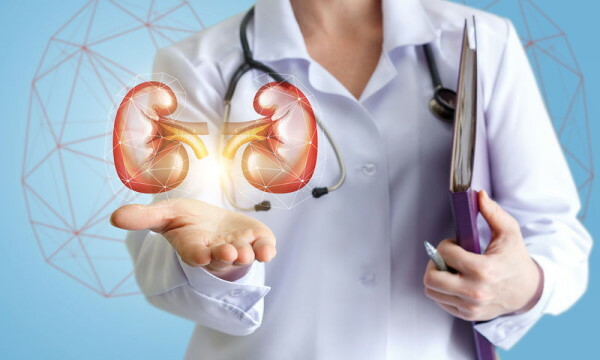
In the process of choosing a dosage form of a medication, the following factors are taken into account:
- type of kidney disease;
- chronic or acute form of the disease;
- the nature of the inflammatory process (patients with bacterial kidney infection need to take antibiotics);
- the presence or absence of pain syndrome (attacks of pain in the kidney area require the use of antispasmodics and analgesic therapy);
- the rate of outflow of urine, the slowdown of which is the basis for taking diuretics.
Treatment of inflammatory kidney disease caused by infectious microorganisms is impossible without simultaneous use of antibiotics, antispasmodics, diuretics, analgesics funds.
Types, names and uses of drugs
Drugs for the treatment of kidney have anti-inflammatory, vasodilator, antimicrobial action. Medicines of different pharmacological groups are taken in therapeutic courses according to the scheme that was determined by the doctor.
Kidney stone drugs
Medicines in this category are used to dissolve urate, phosphate, calcium stones that have formed inside the kidneys.
Purinol
Purinol is a drug that comes in the form of tablets with a dosage of 100 and 300 mg. The active substance of this drug is the chemical compound allopurinol. Purinol is used for the complex treatment of nephropathy caused by urate stones.

This medication is taken 1-2 tablets per day. The duration of therapy is determined by the doctor.
Ugly
Urodan is an effective drug for the treatment of urolithiasis. The composition of this drug contains the active ingredient piperazine at a concentration of 2.5 g. Urodane is available in the form of granules in packs of 100 g. This drug is taken 3-4 times a day for 1 tsp. l. granules, which are previously dissolved in 125 ml of water at room temperature. The minimum duration of therapy is from 30 to 40 days.
Blemaren
Blemaren is a medicine for kidney stones that comes in the form of effervescent tablets with a pronounced citrus scent. This medication contains citric acid, sodium citrate, and the chemical potassium bicarbonate.
Blemaren is used to prevent the formation of kidney stones and dissolve already formed calculi. This drug is taken after meals. The dosage regimen of Blemaren is calculated by the doctor on an individual basis, depending on the acidity level of the patient's urine.
Medicines for kidney inflammation
Drugs for the treatment of kidneys have a complex anti-inflammatory effect, and also relieve tissue swelling.
Nitroxoline
Nitroxoline is an antibacterial and anti-inflammatory agent that targets kidney tissue and other parts of the urinary system. The active ingredient of this drug is the chemical component nitroxoline at a dosage of 50 mg. This uroantiseptic is taken 4 tablets 3 to 4 times a day.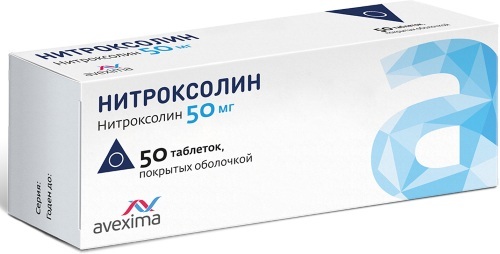
The duration of the therapeutic course is 10-14 days. The interval between taking the next dose of Nitroxoline should be at least 6-8 hours. In the presence of recurrent kidney inflammation, the duration of treatment with this medication is 2-3 months.
Biseptol
Biseptol is a tablet preparation based on sulfamethoxazole (100 mg) and trimethoprim (20 mg). This medication has anti-inflammatory and antibacterial properties. In urological practice, Biseptolum is used to treat acute and chronic pyelonephritis. The dosage regimen for this drug involves taking 1-2 tablets 2-3 times a day. The duration of treatment is 1-2 weeks, depending on the severity of the inflammatory lesion of the kidneys.
Amoxiclav
Amoxiclav is an anti-inflammatory and antibacterial agent, which contains 875 mg of amoxicillin and 125 mg of clavulanic acid. This medication belongs to the pharmacological group of semi-synthetic penicillins. Amoxiclav is used to treat pyelonephritis. This antibiotic should be taken 1 tablet 2 times a day. The terms of treatment are determined by the doctor on an individual basis.
Antispasmodics
Drugs for the treatment of the kidneys relieve acute and chronic inflammation of the excretory system, eliminate the spasm of muscle tissues, which are responsible for the functions of the urinary tract.
Spazmol
Spazmol is a medicine produced by the Russian pharmaceutical company Pharmstandard-Leksredstva OJSC. This drug is available in the form of yellow tablets with a greenish tinge.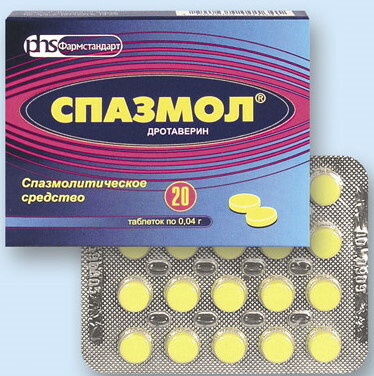
Spasmol is a myotropic antispasmodic agent. Therapy with this medication is aimed at eliminating pathological symptoms that are caused by kidney stones. Spazmol is taken orally 1-2 tablets 2 to 3 times a day. The terms of treatment are determined by the doctor.
Drotaverin
Drotaverin is a tablet preparation based on the active ingredient drotaverine hydrochloride with a dosage of 40 mg. The therapeutic effect of this medication is to relax the smooth muscles of the body.
The dosage regimen for this antispasmodic agent involves taking 1-2 tablets 2-3 times a day. Drotaverin is contraindicated in children under 3 years of age. This drug is designed for the symptomatic treatment of pain syndrome and pathological conditions associated with muscle tissue spasm.
Sparex
Sparex is a drug based on the active ingredient mebeverine hydrochloride with a dosage of 200 mg in 1 capsule. This medication is a myotropic antispasmodic. Sparex is taken 1 capsule 2 times a day for 20 minutes. before meals (morning and evening). This medication must be swallowed whole with plenty of water. The timing of therapy is determined by the doctor depending on the severity of kidney stones.
Analgesic drugs
Drugs for the treatment of the kidneys with analgesic properties relieve the inflammatory process, and also eliminate pathological symptoms in the form of attacks of acute and aching pain.
Ibuprofen
Ibuprofen is a non-steroidal anti-inflammatory drug that is prescribed symptomatically to suppress moderate pain. This medication is contraindicated for use in the presence of renal failure. 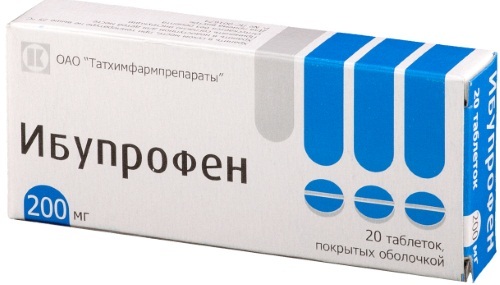 The dosage of the drug Ibuprofen is 1 tablet, which is taken 3-4 times a day. The maximum duration of therapy is 5 days.
The dosage of the drug Ibuprofen is 1 tablet, which is taken 3-4 times a day. The maximum duration of therapy is 5 days.
Tempalgin
Tempalgin is an analgesic agent with a combined chemical composition. This medication contains metamizole sodium at a dosage of 500 mg and triacetonamine-4-toluenesulfonate at a concentration of 20 mg. Tempalgin is taken 1 tablet 1 to 3 times a day. The duration of symptomatic therapy with this medication is 5 days.
Paracetamol
Paracetamol is a non-steroidal anti-inflammatory drug that relieves moderate pain in the kidney area and also reduces fever. This drug contains the active substance paracetamol in a dosage of 200 mg in 1 tablet. Paracetamol is taken 1-2 tablets up to 4 times a day. The maximum duration of symptomatic therapy is 3 days.
Diuretics for the treatment of kidney
During the complex therapy of the kidneys, drugs with diuretic properties are used. Medicines in this category stimulate the organs of the excretory system to more actively remove fluid from the body.
Furosemide
Furosemide is a loop diuretic based on the active ingredient furosemide at a concentration of 40 mg. This medication is approved for use by patients with severe kidney disease and chronic renal failure.  The dosage regimen of Furosemide is 1 tablet, which is taken 2-3 times a day. The terms of treatment are determined by doctors depending on the results of the patient's examination.
The dosage regimen of Furosemide is 1 tablet, which is taken 2-3 times a day. The terms of treatment are determined by doctors depending on the results of the patient's examination.
Torasemid
Torasemide is a medicinal product in the form of white tablets with the active substance torasemide at a concentration of 10 mg. This medication eliminates the signs of edema syndrome, which is caused by acute or chronic kidney disease. Torasemide is taken 1-2 tablets 1 time per knock. Therapy with this diuretic continues until the edema completely disappears with the normalization of renal function.
Trigrim
Trigrim is a loop diuretic that is prescribed for severe kidney disease. This drug promotes faster urine excretion outside the body, relieves tissue edema. The daily dose of Trigrim is 5-20 mg once a day, depending on the functional state of the patient's kidneys and his general condition.
Phytopreparations for kidneys
For the treatment of kidneys, drugs are used in the form of drops and tablets, which are produced on the basis of extracts of medicinal plants.
Kanephron N
Canephron N is a herbal anti-inflammatory and diuretic agent that is used to treat the kidneys and urinary tract. The standard dosage for this medication is to take 2 tablets 3 times a day.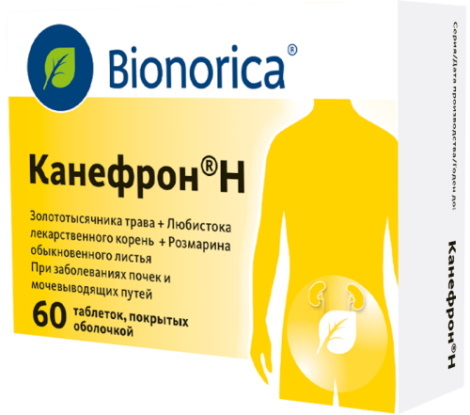 Canephron N should be drunk for another 2-4 weeks after the disappearance of the symptoms of the underlying disease.
Canephron N should be drunk for another 2-4 weeks after the disappearance of the symptoms of the underlying disease.
Kidney tea
Kidney tea is a phytopreparation, the active ingredient of which is dried leaves of staminate orthosiphon.
To use this tool, the following rules must be observed:
- Pour 200 ml of boiling water over 2 filter bags.
- Leave the cup of liquid for 15 minutes. for insisting.
- Take ready-made renal tea 2 times a day, 100 ml for 20 minutes. before the meal.
The terms of treatment with renal tea are determined by the doctor, depending on the severity and form of kidney disease. Renal tea is contraindicated in patients with individual intolerance to staminate orthosiphon.
Nefrosten Tea
Nefrosten Tea is a natural herbal remedy for the treatment of kidneys, which is made on the basis of medicinal grasses of mountain Altai (bearberry leaves, centaury grass, birch, mint leaves, dried cherry stalks). This remedy has an antispasmodic, anti-inflammatory and diuretic effect. For treatment with the phytopreparation Nefrosten Tea, it is necessary to pour 1 sachet of this product with 200 ml of boiling water, and then leave it for 10 minutes. for insisting. This amount of tea should be drunk in the morning and evening. The average duration of therapy is 20 days.
What drugs can relieve kidney pain
To quickly relieve pain, which is triggered by kidney disease, drugs with analgesic and antispasmodic properties are used.
Baralgin
Baralgin is a non-narcotic drug with analgesic properties. This medication contains the active ingredient metamizole sodium at a dosage of 500 mg. To eliminate pain in the kidneys, Baralgin is taken 1 tablet 2-3 times a day.

The duration of therapy is 5 days.
No-shpa
No-shpa is an antispasmodic drug based on drotaverine hydrochloride at a concentration of 40 mg. This medication is taken 1 tablet 1 to 4 times a day. No-shpa is contraindicated in patients with severe renal failure.
Papaverine
Papaverine is a myotropic antispasmodic, which contains the active ingredient papaverine hydrochloride with a mass fraction of 40 mg. This drug relieves an attack of moderate kidney pain by relaxing the smooth muscles of the body. Papaverine is available in the form of tablets, which are taken in 1 pc. 3 to 5 times a day.
Buscopan
Buscopan is a drug that belongs to the pharmacological group of m-cholinergic receptor blockers. The composition of this medication contains the active substance hyoscine butyl bromide at a concentration of 10 mg. Buscopan has an antispasmodic effect by relaxing the smooth muscles of the patient's body. This drug is taken 1-2 tablets 3 to 5 times a day. The duration of therapy with Buscopan is 3 days.
Urolesan
Urolesan is an oral drops for oral administration, which are made on the basis of herbal extracts. This remedy has anti-inflammatory, analgesic and antispasmodic properties.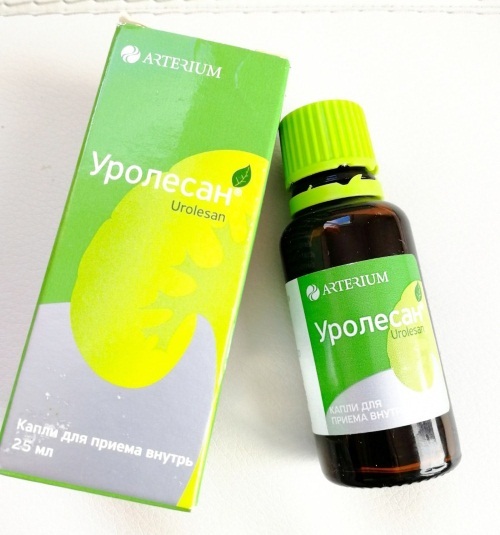 Urolesan is taken 8-10 drops 3 times a day. The specified amount of medication is applied to a piece of sugar and bread. Duration of treatment is from 5 to 30 days.
Urolesan is taken 8-10 drops 3 times a day. The specified amount of medication is applied to a piece of sugar and bread. Duration of treatment is from 5 to 30 days.
List of combined drugs with universal action
There are the following drugs with a combined composition, which have a universal effect:
- Phytolysin;
- Madder dye extract;
- Cyston;
- Nephrosten;
- Trinephron.
Therapy of the excretory system with combined drugs with universal properties is carried out on an outpatient basis or in a hospital of the Department of Nephrology.
Kidney treatment is a long and complex process that requires the use of drugs with anti-inflammatory, antibacterial, antispasmodic effects. To eliminate the edema syndrome, loop diuretics are used. To relieve acute and aching pain in the kidneys, symptomatic therapy with analgesics and myotropic antispasmodics is prescribed.
The duration of treatment depends on the severity of the inflammatory process. Chronic pyelonephritis, hydronephrosis, urolithiasis, diabetic nephropathy are dangerous kidney diseases, the treatment of which lasts from 1 month. up to six months.
Kidney Treatment Videos
Powerful cleansing of the kidneys without drugs and procedures:

